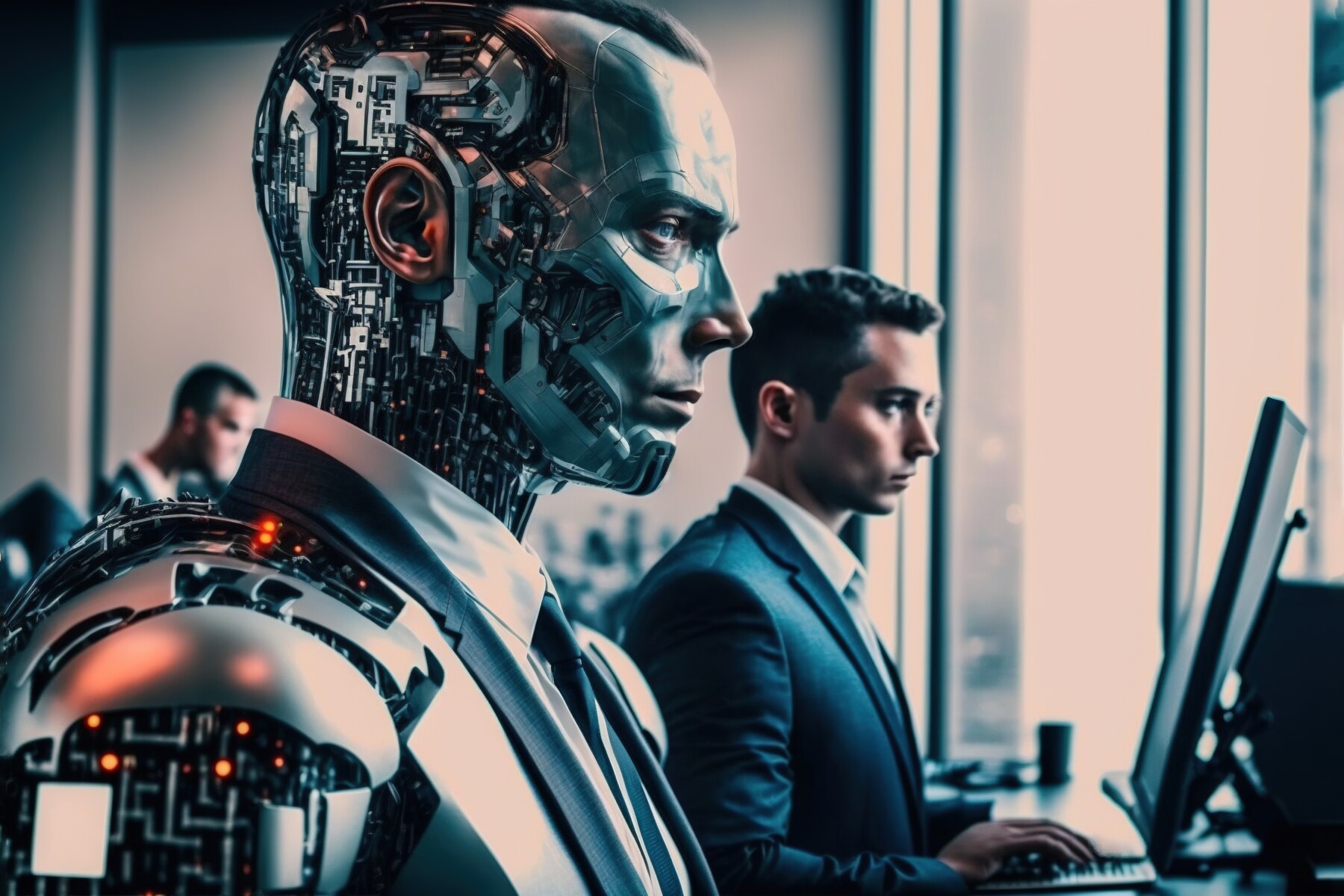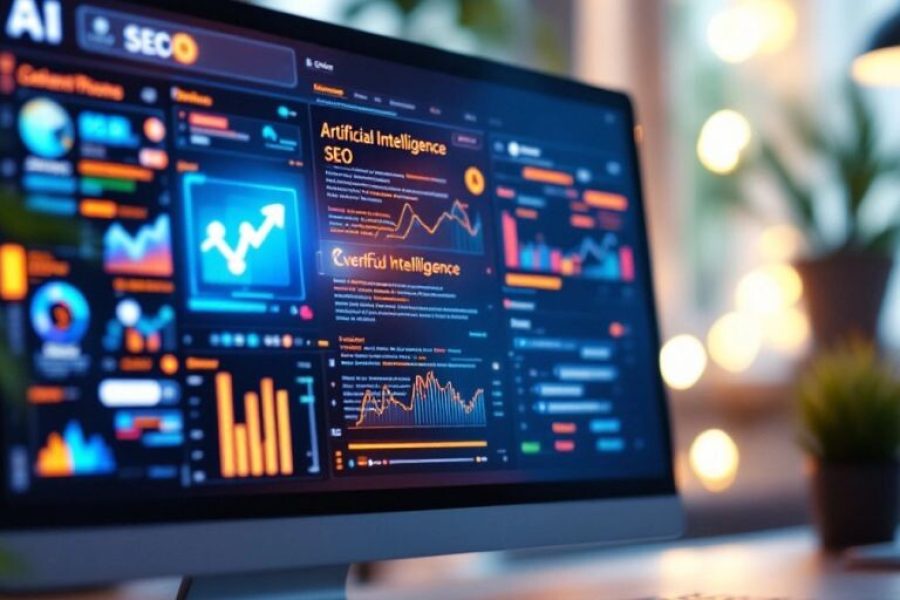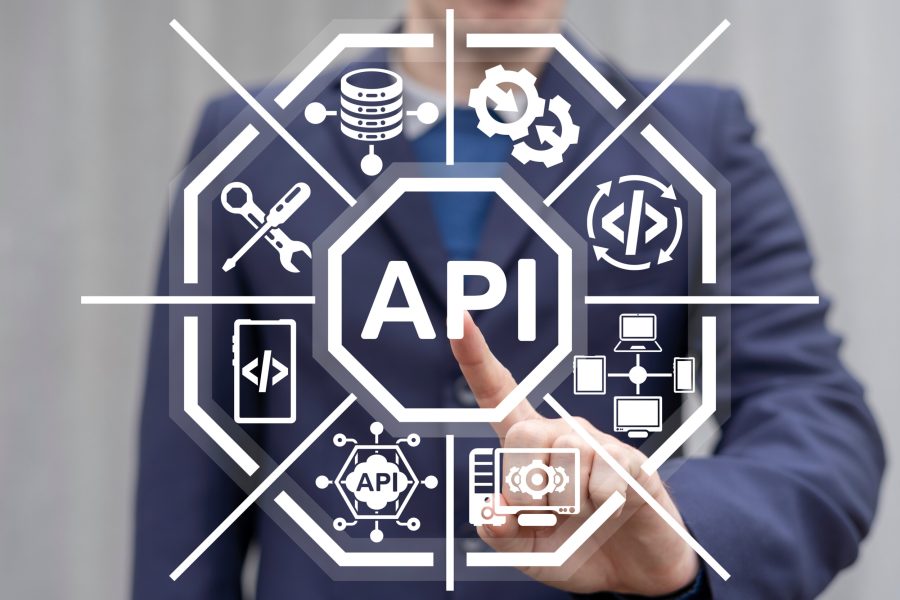Artificial Intelligence (AI) is a hot topic these days, but many myths about it still exist. These myths can cause confusion and fear, making it hard to understand what AI really is and how it can help us. In this article, we will debunk some of the most common myths about AI to give you a clearer picture of what this technology can and cannot do.
Key Takeaways
- AI is not here to take all our jobs; instead, it can create new opportunities and roles.
- Bias in AI often comes from the data it is trained on, but there are ways to reduce this bias through better data practices.
- AI can help protect personal information through advanced security measures and compliance with regulations.
- While the initial investment in AI can be high, the long-term benefits often outweigh the costs, especially for businesses of all sizes.
- AI can be a valuable tool in education, offering personalized learning experiences and acting as a teaching assistant.
AI and Job Displacement: Separating Fact from Fiction
Understanding Automation vs. AI
Many people think AI will take all our jobs, but this isn’t true. AI and automation are different. Automation does tasks without thinking, like a machine in a factory. AI, on the other hand, can learn and make decisions. While automation might replace some jobs, AI often helps people do their jobs better.
The Role of AI in Job Creation
AI can create new jobs too. For example, someone needs to build and maintain AI systems. Also, AI can help businesses grow, which means they might hire more people. So, while some jobs might change, new ones will appear.
Case Studies of AI Integration in the Workforce
In some companies, AI has made work easier. For instance, in a car factory, AI helps workers by doing the heavy lifting. This way, workers can focus on tasks that need human skills. Another example is in healthcare, where AI helps doctors by analyzing data quickly, allowing them to spend more time with patients.
As AI becomes more sophisticated, ethical considerations become more prominent. Bias in algorithms, job displacement due to automation, and privacy concerns are key issues to address.
In conclusion, AI isn’t here to take all our jobs. Instead, it can help us work better and create new opportunities.
The Reality of AI Bias
Sources of Bias in AI Systems
Bias in AI often comes from the data it is trained on. For instance, if an AI recruitment tool is trained on historical data with gender or racial biases, it will likely replicate these biases in its hiring suggestions. Bias reflects the prejudices of the humans who create and input the data. This is why fairness in AI is crucial, aiming to ensure that all individuals are treated equally and free from discriminatory harm.
Mitigating Bias Through Better Data
To reduce bias, it’s essential to use diverse and representative data. This involves careful selection and processing of training data, as well as incorporating mechanisms to detect and correct biases. Here are some steps to mitigate bias:
- Use diverse datasets
- Continuously monitor AI systems
- Implement bias detection tools
Ethical Considerations in AI Development
Developing AI ethically means considering the impact on all users. This includes ensuring fairness, transparency, and accountability in AI systems. Ethical AI development also involves ongoing efforts to improve data quality and system performance to minimize bias.
By consciously using diverse, representative data and continuously monitoring AI systems, we can create fairer and more equitable AI solutions.
AI and Privacy Concerns
Data Collection and Usage
AI systems often rely on large amounts of data to function effectively. This data can include personal information, which raises significant privacy concerns. Unauthorized incorporation of user data is a major issue, as it can lead to misuse and exploitation of sensitive information. Companies must be transparent about what data they collect and how it is used to build trust with users.
Protecting Personal Information
To safeguard personal information, organizations can implement several strategies:
- Use of pseudonyms to protect data privacy.
- Regular audits to ensure compliance with privacy policies.
- Encryption of data to prevent unauthorized access.
These measures help in minimizing the risks associated with data breaches and unauthorized access.
Regulatory Measures and Compliance
Governments and regulatory bodies have introduced various laws to protect user privacy. Compliance with these regulations is crucial for companies to avoid legal repercussions. Some key regulations include:
| Regulation | Region | Key Focus |
|---|---|---|
| GDPR | Europe | Data protection and privacy for individuals |
| CCPA | USA | Consumer rights and data privacy |
Ensuring compliance with these regulations not only protects users but also enhances the company’s reputation.
By adhering to these guidelines, companies can take advantage of AI technologies without compromising user privacy.
The Cost of Implementing AI
Initial Investment vs. Long-term Benefits
Implementing AI can seem expensive at first, but the long-term benefits often outweigh the initial costs. Companies like Facebook, Google, and Netflix have shown that tailored campaigns can significantly increase ROI. The key is to understand where to apply AI and how to maximize its potential.
AI for Small and Medium Enterprises
Small and medium enterprises (SMEs) might think AI is out of their reach, but that’s not true. Many tech giants like IBM and Google offer solutions tailored for smaller businesses. AI can help SMEs by automating repetitive tasks, improving customer insights, and enhancing decision-making processes.
Case Studies on Cost-effective AI Solutions
Several companies have successfully integrated AI in a cost-effective manner. For example, one business saw a 31X return on ad spend by leveraging AI for their marketing campaigns. Another company reduced their lead acquisition cost from $11 to $3.50 over two years by properly using data and AI algorithms.
AI in Education: Myths and Realities
Artificial intelligence has undoubtedly become a game-changer in various industries, and education is no exception. As we navigate through the complexities and possibilities AI brings, it’s crucial to debunk misconceptions and uncover the true impact it can have on learning. Let’s explore the myths surrounding artificial intelligence in education and uncover the reality behind its potential benefits and challenges.
AI and Creativity: Can Machines Be Truly Creative?

Understanding AI-generated Art
AI-generated art is fascinating. These systems can create paintings, music, and even poetry. They do this by learning from vast amounts of data and mimicking patterns. However, AI lacks true creativity. It doesn’t have emotions or personal experiences to draw from. Instead, it uses algorithms to produce works that look creative.
AI in Music and Literature
In music and literature, AI can compose songs and write stories. It analyzes existing works to generate new pieces. While the results can be impressive, they often miss the emotional depth and originality that human creators bring. AI’s creations are based on patterns and data, not genuine inspiration.
Collaborative Creativity: Humans and Machines
Humans and AI can work together to enhance creativity. AI can handle repetitive tasks, allowing humans to focus on innovative aspects. This collaboration can lead to unique and exciting outcomes. For instance, an artist might use AI to generate ideas and then refine them with their personal touch.
So, can machines be truly creative? While AI can produce impressive works and mimic certain aspects of creativity, it currently lacks the emotional depth, intent, and inspiration that define true creativity.
Debunking the Myth of AI as a Sentient Being
The Limits of Machine Learning
Many people believe that AI systems are conscious or sentient. However, this idea is not true. AI models, even the most advanced ones, lack motivation, emotion, or experiences. They can show an understanding of the world based on patterns they have learned, but they do not have true sentience.
Understanding AI Consciousness
Some argue that AI is sentient because it reports subjective experience. But subjective experience is the hallmark of consciousness, which AI does not possess. AI systems can process and analyze data, but they do not have personal experiences or feelings.
Future Prospects and Ethical Implications
Looking ahead, the development of AI will continue to advance. However, the idea of AI becoming truly sentient remains in the realm of science fiction. Ethical considerations must guide AI development to ensure it benefits humanity without overstepping boundaries.
Many people think AI can think and feel like humans, but that’s not true. AI is just a tool created by humans to help with tasks. It doesn’t have feelings or thoughts. If you want to learn more about how AI really works and how it can help your business, visit our website. We have lots of information and tips to help you understand and use AI better.
Conclusion
In wrapping up, it’s clear that many of the myths surrounding AI are just that—myths. By understanding the truth about AI, we can better appreciate its potential and use it wisely. AI isn’t here to take over our jobs or control our lives; it’s a tool that can help us solve problems and make our lives easier. As we move forward, it’s important to stay informed and not let fear or misinformation hold us back. Embracing AI with a clear mind and a cautious approach will allow us to unlock its full benefits for everyone.
Frequently Asked Questions
Will AI take away jobs?
AI will change some jobs but will also create new ones. It helps with tasks like data entry, freeing people to do more creative work.
Can AI be biased?
Yes, AI can be biased if it learns from biased data. But with better data and careful checks, we can reduce this problem.
Is AI safe for my privacy?
AI can be safe if companies use it responsibly. They must follow rules and protect your personal information.
Is AI too expensive for small businesses?
AI can be affordable for small businesses. There are many tools and services designed to be cost-effective.
Can AI be creative like humans?
AI can help create art, music, and stories, but it works best when it partners with humans.
Is AI a sentient being?
No, AI is not sentient. It can learn and make decisions but doesn’t have feelings or consciousness.










